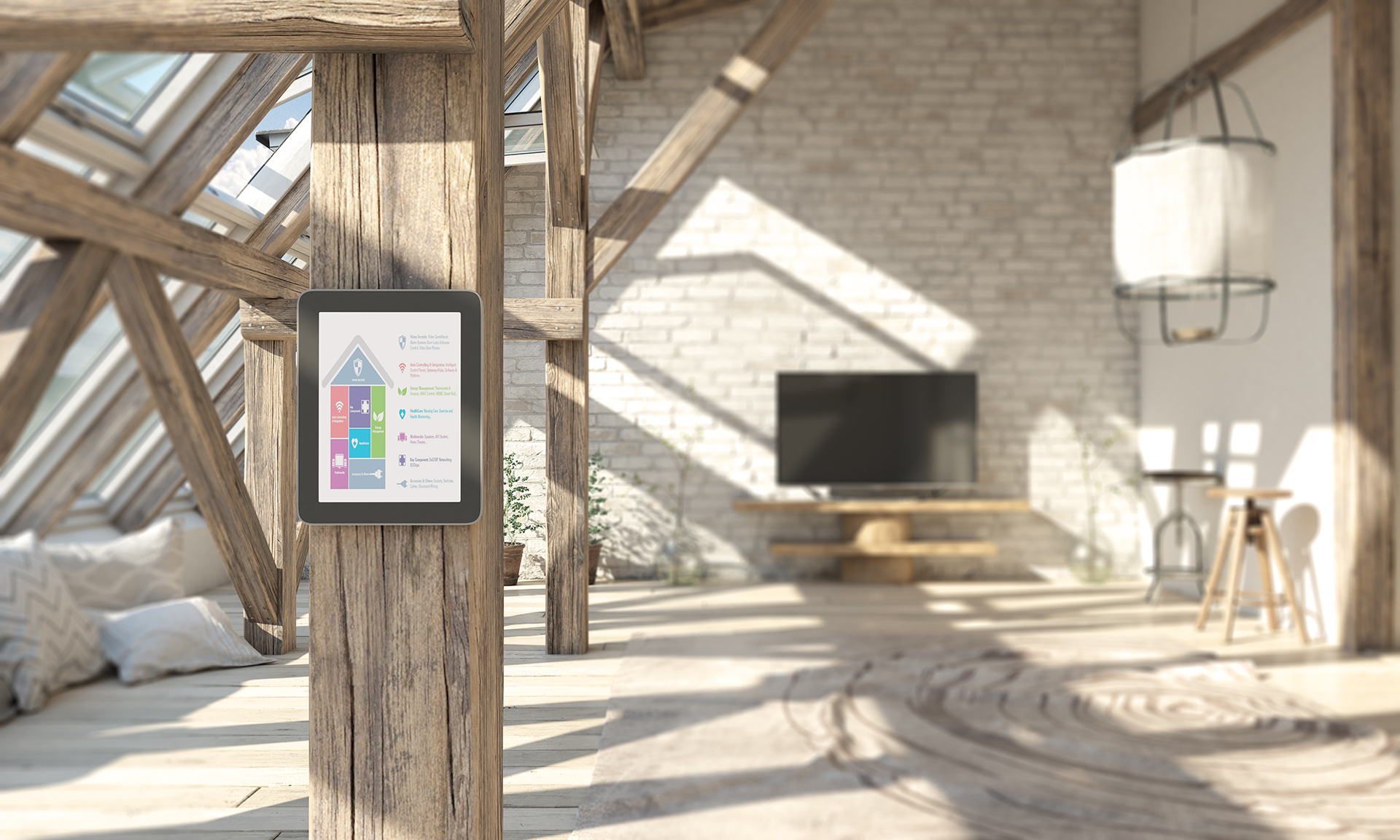Warm Your Home Before The Winter

Being eco-friendly and lowering utility costs can both be done while heating your home this winter.
Sealing openings and air leaks, insulating the attic, adding carpeting, upgrading to energy-efficient windows, and investing in a smart thermostat are all ways you can get more bang for your buck while limiting your energy consumption.
Insulation/Sealants
Crawl up into your attic. If you can see the floor joists, then you need more insulation. Since heat rises, you could save quite a bit by adding another layer of insulation up there. Insulating your home’s attic is one of the best winter home improvement projects that pays. Of the 30 jobs that Remodeling Magazine examined, the simple task of blowing loose fiberglass insulation into a 35-by-30-foot attic yields the largest return on investment — 116.9 percent or $1482, on average, to a home’s value — according to the magazine’s 2016 Cost vs. Value report For homeowners, this project will not only help to lower your energy bill — anywhere from 5 to 10 percent — but it’s also eligible for tax credits (up to $500).
Although insulating a home’s attic may seem pricey, done right, it can be tackled for less than $400 and without the help of a contractor. You can also add insulation in your basement and in crawlspaces to prevent heat loss there as well.
For under $500, homeowners can seal openings and air leaks in their home. Taking the time to cover seams around windows and doors with caulk, waterproof sealant, or weatherstripping will also improve energy consumption and lower utility costs. According to EnergyStar, sealing leaks, which also includes around pipes and vents, can improve the overall quality of your home and help to fix many common problems, such as reducing noise from outside; improving humidity control; lessening pollen, dust, and insects from entering the home; and lowering the chance for ice dams on the roof in snowy climates.
Windows
While sealing around windows, think of also replacing window treatments.
Hamptons Carpet One Floor & Home Manager Gary Bronat said completely opaque window treatments with metal inside allow sun to come in throughout the winter, holding heat inside, while reflecting it in the summertime and keeping the cool air in.
“Those are the only energy-efficient window treatments they make today,” he said.
There are also cellular shades designed specifically to insulate windows, solar roller shades, and woven bamboo shades.
Carpet/Padding
Installing carpet is another way to increase warmth, and unlike vinyl or wood floors, or even an area rug, there’s padding involved, which is the key element. Having something dense under a Berber carpet also prevents it from buckling, or rebond — padding chopped up into pieces and then bonded into a slab of foam — or a rubber slab are what Bronat recommends.
He said when buying carpet, homeowners can choose what type of cushion they want along with it. There’s 100 percent waterproof and antimicrobial options as well.
Insulayment is also perfect for glued-down, nailed hardwood, or engineered wood floors. It also insulates sound and helps keep floors warm in winter and cool in the summer, and comes with the added benefit of a structure that wards off bacteria.
Thermostats
Technology has also greatly influenced home appliances in recent years. Customizing and automatically regulating the temperature in a home with a smart thermostat improves quality of life and can save money in the process.
Nest Labs, a home automation producer, released a report last year revealing that homeowners accrued 10 to 12 percent savings on heating and 15 percent savings on cooling by upgrading to a programmable thermostat. Although every manufacturer has different savings claims, Nest users reported saving between $10 to $20 per month.
Honeywell 9000 and ecobee are other big players in this field.
Frank Bonaccorso, with Grant Heating and Cooling, cautions though that they aren’t as easy to install yourself as one might think. He said the average homeowner typically does not know what they need based on what they have in their homes, be it heat pumps, multi-stage equipment, or radiant heat.
“What happens is people go and pick them up themselves at Home Depot and they don’t have the proper thermostat,” Bonaccorso said. “My advice always before buying a smart thermostat is to consult with someone who knows what you have as far as equipment you have in your home.”
Grant does that. Bonaccorso also warned that thermostats purchased from a hardware company like Home Depot or Lowe’s typically only come with a two-year warranty, where those bought from a professional organization like his come with five.
Thermostats can serve multiple purposes. One option is called geofencing, which allows users to choose what telephone numbers can control the thermostat. Besides choosing your settings, the thermostat will detect the programmed cellphones up to a mileage radius the users decide, and have the heat turned down when those phones are out of reach, and turned up when back within range.
There’s also an add-on for water detection with a Honeywell thermostat — a sensor placed on the floor that can detect leaks around washing machines or boilers — which can be programmed to send users alerts if water is detected. A number of users can also be added to this feature, including neighbors, caretakers, or relatives, that can be notified of issues like flooding or even system malfunctions, like the house dropping below 50 degrees, or peaking above 80. Another option of any of the popular brands controls humidifiers or dehumidifiers.
One myth Bonaccorso said is that homeowners think their thermostats stop working if Wi-Fi connection is lost, which happens frequently on the East End. The thermostats still do their job to regulate heating and cooling, he said, whether you remain connected to Wi-Fi or not.
The first thing homeowners should do is have their home evaluated through a home energy audit, otherwise known as a home energy assessment. This will outline how much energy your home consumes, including areas of problems and how to fix them.
desiree@indyeastend.com



